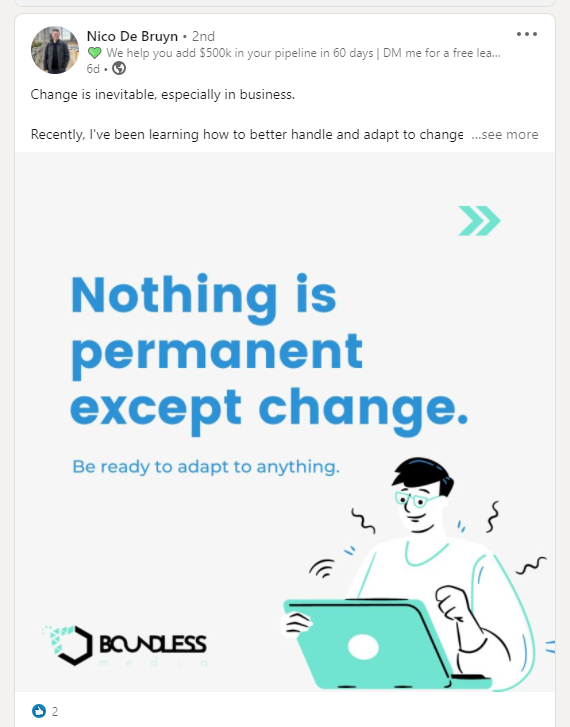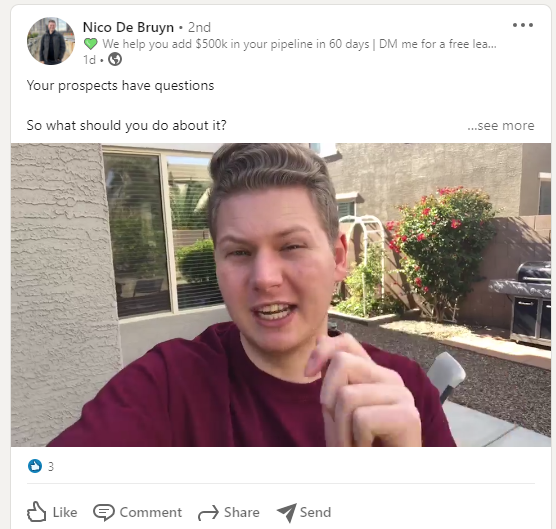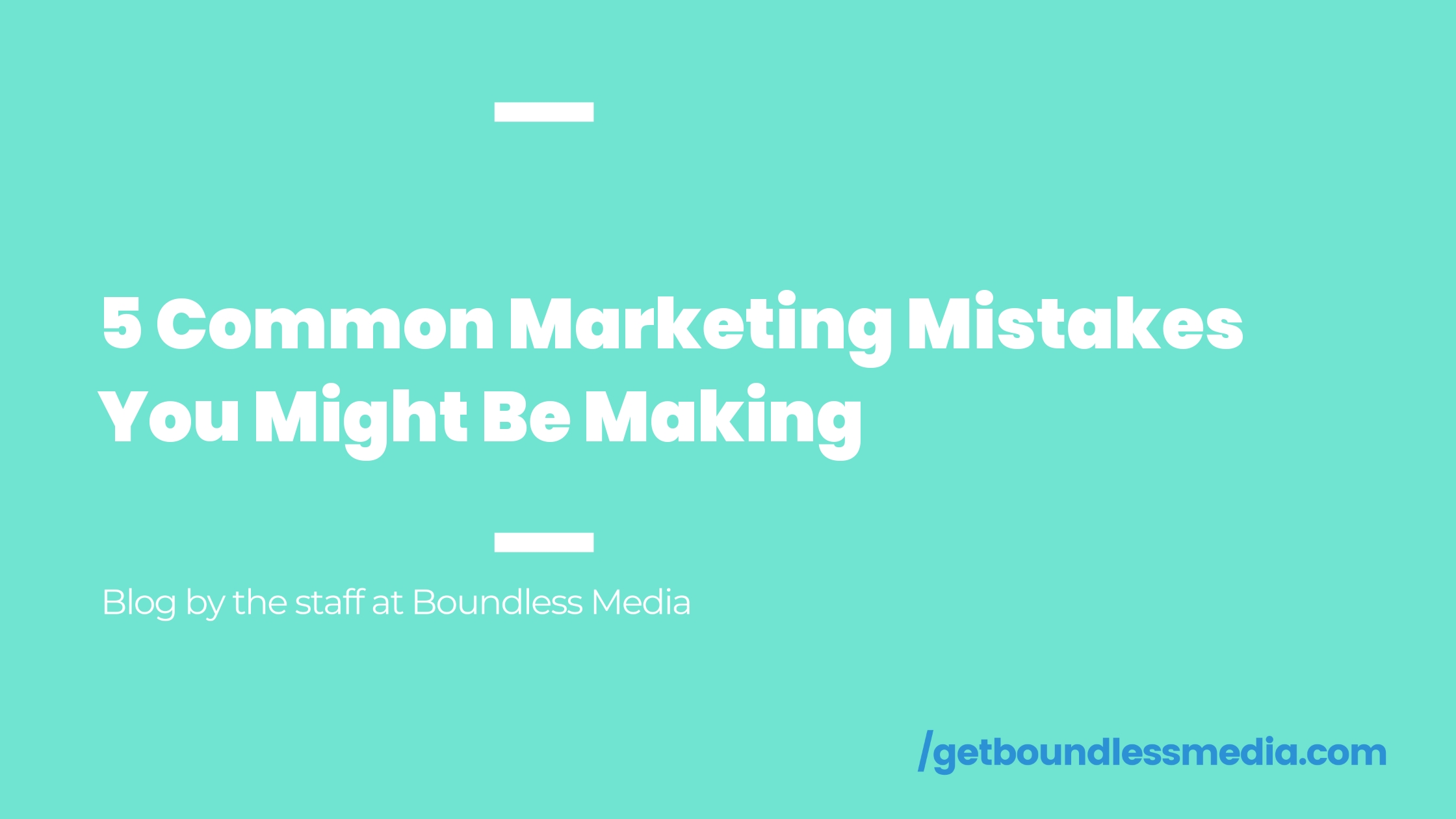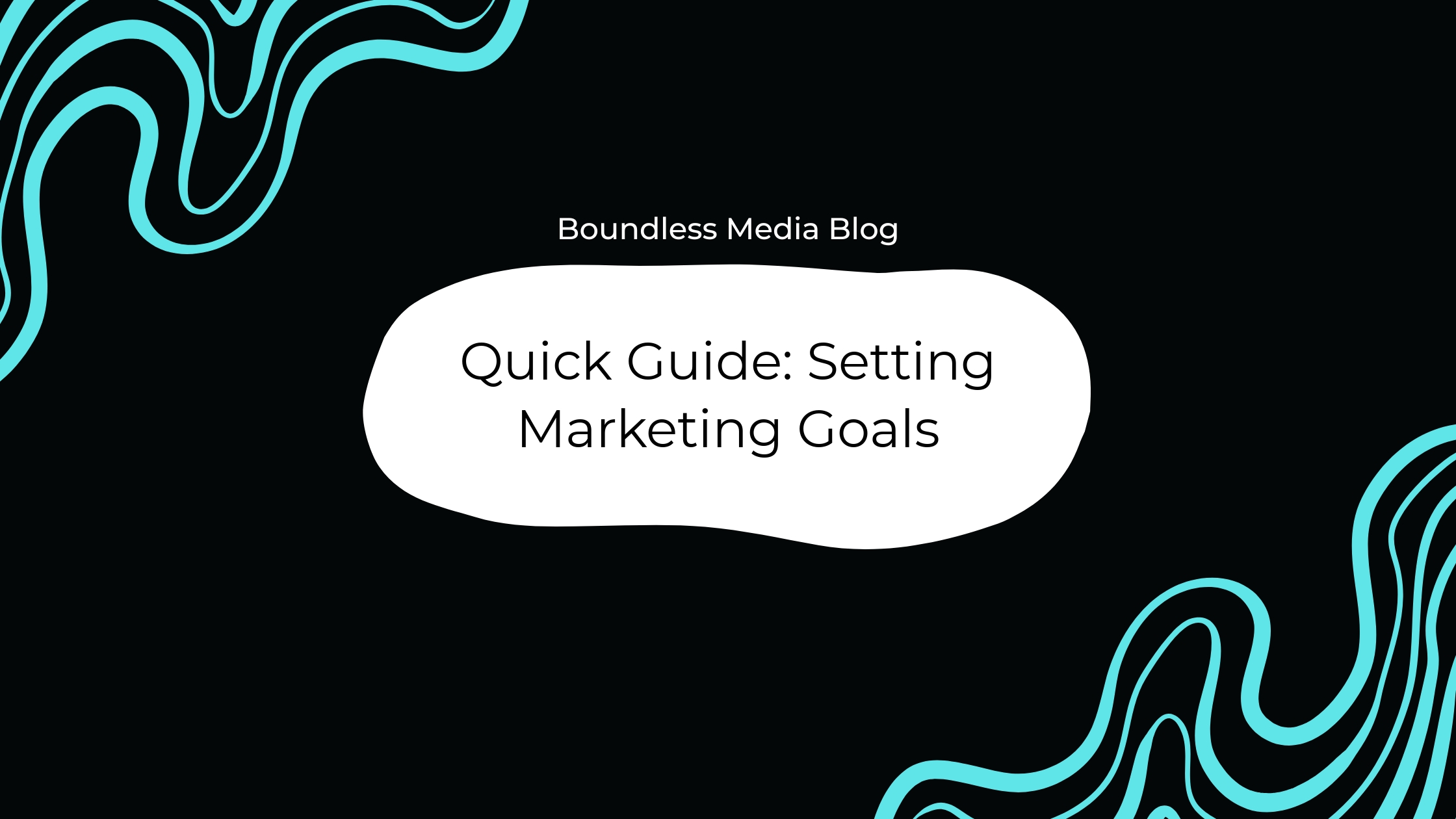
What Type of Content Should I Post on LinkedIn?

With 756 million members in more than 200 countries, LinkedIn is the best place for businesses and business leaders to connect. Unlike other social media platforms, LinkedIn users aren’t looking for the latest quizzes or what they would look like as Marvel superheroes. They’re looking for valuable insights, information, and products that can help their business. LinkedIn is also the #1 channel B2B marketers use to distribute their content. According to the Sophisticated Marketer’s Guide to LinkedIn,
- 94% of B2B marketers use LinkedIn to distribute content.
- LinkedIn is the number one choice for professionally relevant content.
- LinkedIn drives traffic to B2B blogs and sites.
With all that said, how do you know what types of content will get you noticed, and what is the most effective type of content? Not all content is created equal, so you have to find the kind of content that works best for your brand, but let’s look at different types of posts for LinkedIn and analyze their pros and cons.
Plain text
Let’s look at plain text posts—the first and, for a while, the only type of posting you could do on LinkedIn. Plain text is excellent when your copy is attention-grabbing and valuable. If you’re sharing tips, hacks, asking a question, or just starting a discussion, plain text is excellent. However, with the rise of photos, illustrations, video, and GIFs making their way through LinkedIn, it’s easy to scroll right through plain text posts. So, if you want to use plain text, go for it! Just make sure it has an engaging first line and make readers click on “see more.” This will tell LinkedIn that your content is exciting and will have a more significant impact on who is seeing your posts. Using emojis and hashtags in your text is good too, just don’t go over the 1,300 characters available. If you want to add a link to your post, publish your post without the link first. You can then edit your post to add your link later, or simply put the link in the comments section.

Pros for plain text posts:
- Views of text posts tend to be higher than any other post types
- You can use emojis and bullet points to stand out from other text-only posts
- Great for short discussions about one specific topic
On the other hand, there are also cons to using plain text posts:
- You only have 1,300 characters to get your point across
- It’s easy to scroll past the text without an image
- Posts can only include emojis and hashtags, no external links
Single-image posts

We’re moving on to single-image posts. People recall almost 65% of the visual content they see up to three days later. That means you want to put your most relevant information in your graphics you create. Single-image posts are best used for short and snappy statistics, educational infographics and content, event promotions, or relevant announcements.
Images add a human element to your posts and show off your company’s personality. You can use many different image types, so making sure you use them correctly is critical.

- Graphics are great as long as they are readable, clean, and have value.
- Memes are good to break up the feed a little bit. Sometimes sharing a meme that relates to your post can get great results.
- Infographics are probably the best type of graphic to post. Make sure your information is correct and relevant. You can convey a lot of information from an infographic. Using an infographic along with your blog post is an excellent example of how to capitalize on engaging your audience.
Let’s look at the pros and cons of using images. Some pros:
- Eye-catching images make for thumb-stopping content meaning more people will see your post.
- Images add a human element to your company.
- People recall almost 65% of the visual content they see.

Here are some cons:
- Not knowing how to create eye-catching images can make hard-to-read and muddy images unappealing to members.
- LinkedIn wants posts that add value, so you can’t just post any image you want.
- Posts with images can sometimes receive fewer views than posts with plain text.
Videos
Ok, moving on to videos. Videos are 5x more likely than other types of content to start a conversation among members, and members spend almost 3x more time watching video ads than time spent with static sponsored content. There are two different ways to get your video content on LinkedIn.

First, you can embed a video from a service like YouTube. This, however, will not auto-play, and members need to click on the video to watch it. Second, you can upload a video you created. This doesn’t have to be a video starring you. It can be a video of anything, as long as it’s relevant to your message. You can use services like Canva to make videos from your graphics, pictures, or videos to post. Don’t try to upload a feature film you created. Keep your video short, sweet, and to the point to keep people engaged.
Pros of videos:
- You can convey a lot of information in a short amount of time with a video
- Videos are 5x more likely to start a conversation than other types of content
- Members spend 3x more time watching video ads.
Cons of videos:
- Not everyone can make a great video. Just like an image, your video needs to be appealing to viewers.
- An embedded video is less likely to be viewed.
- A video is only counted as a “view” if it plays for at least 3 seconds on someone’s news feed.
Documents
The latest and greatest format from LinkedIn is document posts. Maybe you have a press release or something that won’t fit in the 1,300 character limitation of a text-only post. In that case, you can use this new format to share PowerPoint files, Word documents, or PDFs directly to your feed. You can post single or multiple pages and can post them in standard portrait or landscape format. Keep in mind; most LinkedIn users will be on their phones, so keep the documents mobile-friendly. You also want to make sure you introduce your document with a caption. Let your audience know what they’re looking at and why it’s important.

Pros for document posts:
- You can share a longer press release or guide than you can with a text-only post.
- Since document posts are the newest feature to LinkedIn, they are more likely to have a greater reach.
- It gives people an opportunity to download your document.
Cons for document posts:
- Many users will be on their phones. That means your document will be a lot smaller than intended.
- Just because your document gets a lot of “views” doesn’t mean anyone downloaded it.
- Right now, there isn’t an option to make a document non-downloadable. If you just want something there for people to read and not download, you’re out of luck.
There’s a lot to think about when creating content for LinkedIn, and the platform is constantly changing and evolving to offer new ways to communicate and engage with other members. If you don’t want the hassle of trying to decide what will work best for you, you can always have a company, like Boundless Media, take care of it all for you.
Get More Estimates Booked On Your Calendar



*Data summarized from all Home Services Verticals with average project values over $3,500





.svg)